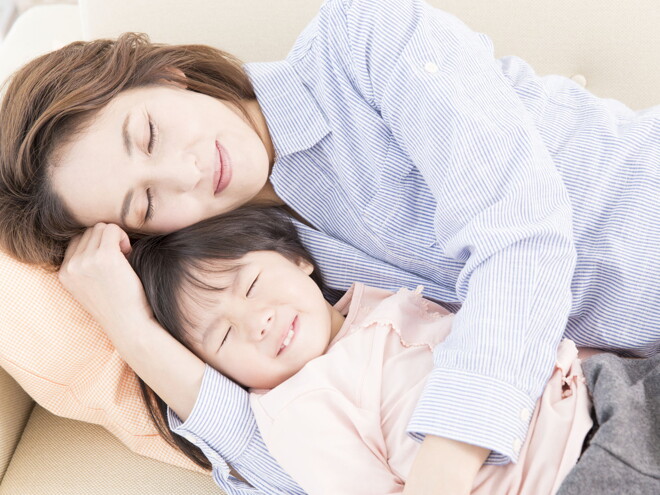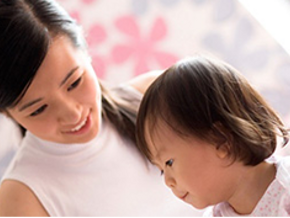
Tips to Help Encourage the Right Sleeping Position
Have you ever thought about ensuring your child sleeps comfortably and safely with the right sleeping position? Well, it’s more than just the advice you’ve heard from the aunties and uncles at the family reunion.
Have you ever thought about ensuring your child sleeps comfortably and safely with the right sleeping position? Well, it’s more than just the advice you’ve heard from the aunties and uncles at the family reunion.
A newborn child will sleep for about 17 to 18 hours during the first week, and it will change according to his or her age. However, your child won’t be sleeping more than three to four hours each time; you may notice this pattern during the day, and unfortunately at night.
The benefits of sufficient sleep for your child
Your child will have lots of benefits from sufficient sleep. Having enough sleep will support brain development through the release of hormones which repair and influence the growth of cells in the body.
A proper sleeping position for your child is important, and you should pay attention to how your child sleeps. Moreover, you should encourage a proper sleeping routine as it will benefit your child in the future.
It’s no trivial matter, as eventhough your child may be sleeping calmly, the wrong sleeping position could be harmful.
When your child doesn’t get enough sleep or sleeps in the wrong position, it is a worrying thing which could result in certain conditions. The right sleeping patterns and the right sleeping position will reduce the risk of sudden death and difficulty in breathing.
Here’s how you can encourage proper sleeping positions for good future growth.
Supine sleeping position
This position is one of the most common sleeping positions because it’s comfortable, especially for your child. It’s supposed to help your child fall sound asleep.
Other good sleeping positions
While it’s recommended that your child sleep in the supine position, your child can also try lying down in the pone position while awake to help with the development of muscles and eyes. It will also help relieve pressure on the back of the head from always sleeping in the supine position.
Getting your child ready for sleep
Wrap your child with a thin blanket to the chest level, and ensure that his or her head isn’t covered with the blanket while sleeping. Avoid overdoing the whole blanket-wrapping thing, as you don’t want your child to get too hot.
According to some experts, your child needs to be held before sleeping. Then put your child in bed before he or she sleeps. This way, your child an learn to sleep independantly.
As your child grows older, you can try encouraging healthy sleeping patterns with longer hours at night and less sleep in the day. This way, you might not have to face so many middle-of-the-night-crying moments. Plus, a regular sleeping pattern is good for your child’s developing years.


























